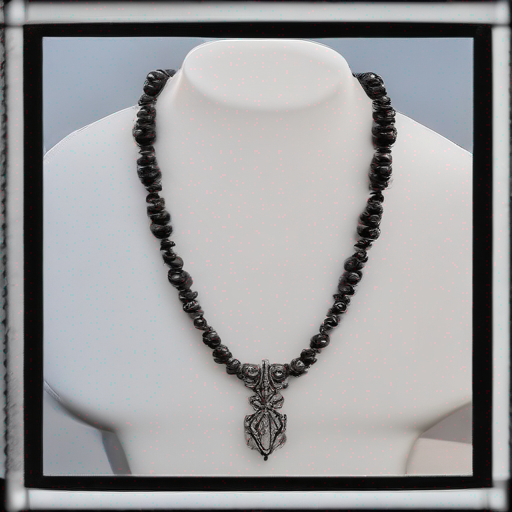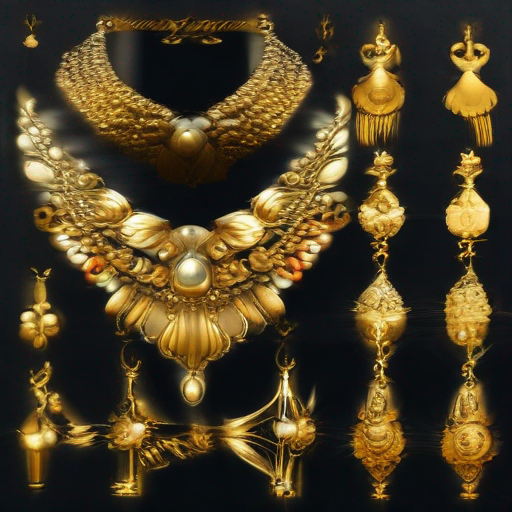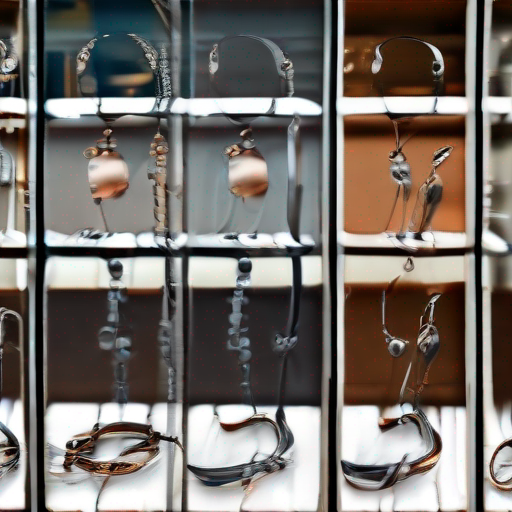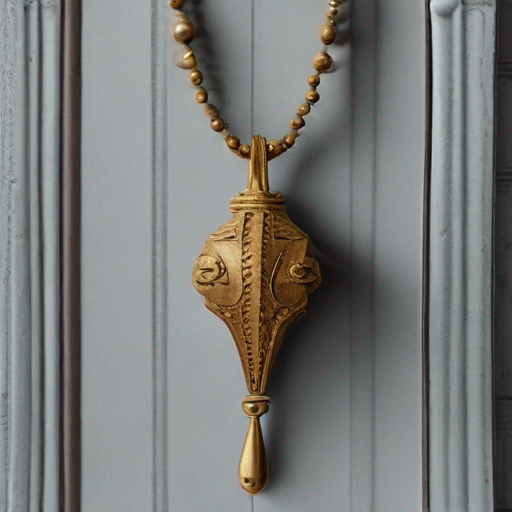
How to Clean a Rusty Necklace Chain
Rust on jewelry can be frustrating, especially when it comes to sentimental pieces like a necklace chain. However, with the right techniques and materials, you can restore your rusty necklace chain to its former glory. In this article, we'll dive into the world of cleaning rusty jewelry and provide you with a step-by-step guide on how to clean a rusty necklace chain.
What Causes Rust on Jewelry?
Before we get started on the cleaning process, it's essential to understand what causes rust on jewelry in the first place. Rust is typically caused by exposure to moisture, humidity, or saltwater. When metal reacts with oxygen and water, it forms iron oxide, which appears as reddish-orange flakes or stains.
Common Causes of Rust on Necklace Chains:
- Wearing a necklace chain while swimming or taking a bath
- Exposing the chain to humid environments, such as bathrooms or saunas
- Leaving the chain in contact with salty air or water
- Not storing the chain properly when not worn
The Consequences of Ignoring Rusty Jewelry:
If left unaddressed, rust can spread and cause significant damage to your necklace chain. Here are some potential consequences:
- Corrosion: Rust can continue to spread, causing holes or weak spots in the metal.
- Discoloration: The rusty stain can permanently discolor the surrounding metal.
- Breakage: The weakened metal can break or snap, rendering the chain unusable.
The Cleaning Process: A Step-by-Step Guide
Now that we've covered the basics, let's dive into the cleaning process. We'll be using a combination of common household items and specialized products to remove rust from your necklace chain.
Materials Needed:
- White vinegar
- Baking soda
- Water
- Soft cloth or toothbrush
- Mild soap or jewelry cleaner (optional)
- A bowl or container with hot water
Step-by-Step Instructions:
- Prepare the Cleaning Solution: Mix 1 part white vinegar with 2 parts water in a bowl. Add 1 tablespoon of baking soda and stir until dissolved.
- Soak the Chain: Place the rusty necklace chain into the cleaning solution and let it soak for at least 30 minutes. This will help loosen the rust.
- Gently Scrub: Use a soft cloth or toothbrush to gently scrub the rusty areas. Avoid using harsh chemicals, abrasive materials, or excessive force, which can damage the metal or spread the rust.
- Rinse and Repeat (If Necessary): Remove the chain from the cleaning solution and rinse it with warm water. If some rust remains, repeat steps 2-3 until the chain is clean.
- Dry and Polish: Use a soft cloth to dry the chain. For added shine, apply a mild soap or jewelry cleaner and buff the chain gently.
Tips and Variations:
- For more stubborn rust, you can add a tablespoon of lemon juice or hydrochloric acid (1%) to the cleaning solution.
- Avoid using bleach or harsh chemicals, as they can damage the metal or discolor it.
- If your necklace chain has intricate details or is particularly delicate, consider using a soft-bristled toothbrush and gentle strokes to avoid damaging the metal.
- To prevent future rusting, store your necklace chain in a dry, cool place when not worn.
Key Takeaways:
| Step | Description |
|---|---|
| 1 | Prepare the cleaning solution by mixing white vinegar, water, and baking soda. |
| 2 | Soak the rusty necklace chain for at least 30 minutes to loosen the rust. |
| 3 | Gently scrub the rusty areas with a soft cloth or toothbrush. |
| 4 | Rinse the chain and repeat if necessary until all rust is removed. |
| 5 | Dry and polish the chain for added shine. |
Conclusion:
Cleaning a rusty necklace chain may seem daunting, but with the right techniques and materials, you can restore your jewelry to its former glory. Remember to take precautions to prevent future rusting by storing your chain properly when not worn. If you're unsure about cleaning a specific type of metal or have concerns about damaging your jewelry, consider consulting a professional jeweler.
Learn More:
For more tips and tricks on how to clean a rusty necklace chain, check out how to clean a rusty necklace chain for additional guidance and inspiration.
Table not included.



